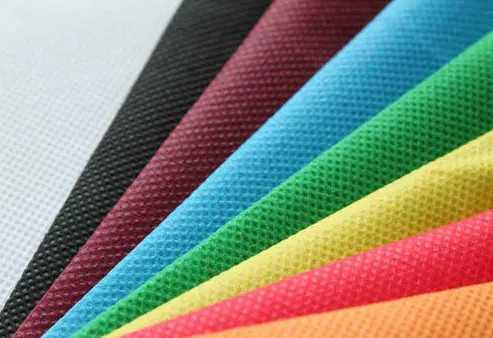Precautions for the use of 6-point textile testing equipments

What is textile testing?
Textile testing refers to the use of physical and chemical methods through
textile testing equipment to conduct qualitative or quantitative inspection tests on the quality and performance of textile products in accordance with relevant standards, and to issue a test report.
Textile testing serves the textile quality management system. Starting from the purpose and conditions of use of textiles, it analyzes and studies the composition, structure, properties and impact of textiles on quality, so as to determine whether textile products meet the requirements of the prescribed standards and determine the value of use .
Why do textile testing?
An inspection method to determine the chemical characteristics, chemical composition and content of textiles by analyzing and testing the selected textile samples. Use scientific inspection techniques and methods to assess product quality. Analyze and study the composition, structure, properties of the product and its impact on product quality from the purpose and use conditions of the product, determine the use value of the product, and determine whether it meets the requirements of the prescribed standards. The main functions are as follows:
1: Find unqualified products in time to ensure quality and maintain corporate reputation.
2: Find problems in time, feedback quality information, and prompt the seller to correct or improve the quality of the goods. 3: Maintain the legitimate rights and interests of all parties and the country, coordinate conflicts, and promote the normal conduct of commodity exchange activities.
Precautions for the use of 6-point textile testing equipment:
1. During the test, if the air compressor starts frequently, it indicates that the gas loss is large, which is normal.
2. If you observe the word "ERROR" on the airflow resistance indicator after starting the test, it means that the air resistance of the sample has exceeded the set value of 500Pa. You must immediately press the "Test End" button to protect the instrument.
3. All parameters of the air resistance display table have been set, and non-professional maintenance personnel shall not modify it without authorization.
4. The flowmeter must be used within the flow range, and it is strictly prohibited to use it over the range.
5. If there is too much dust and impurities on the rotor in the flowmeter, which affects the accuracy of the reading, open the back cover of the instrument, open the manual ball valve in the box, and then connect the air source to clean the flowmeter. (In normal use, the ball valve in the box must be closed.)
6. Do not adjust the control valve without authorization in the instrument manual during the test.
Why choose Qinsun Instruments?
QINSUN always been committed to innovation and improve product performance and functionality, we have our own textile testing lab. Our textile testing equipment and testing methods are in the leading position in the industry and have passed the textile testing certification and iso textile testing standards issued by a number of testing.
2021-08-04 14:30


